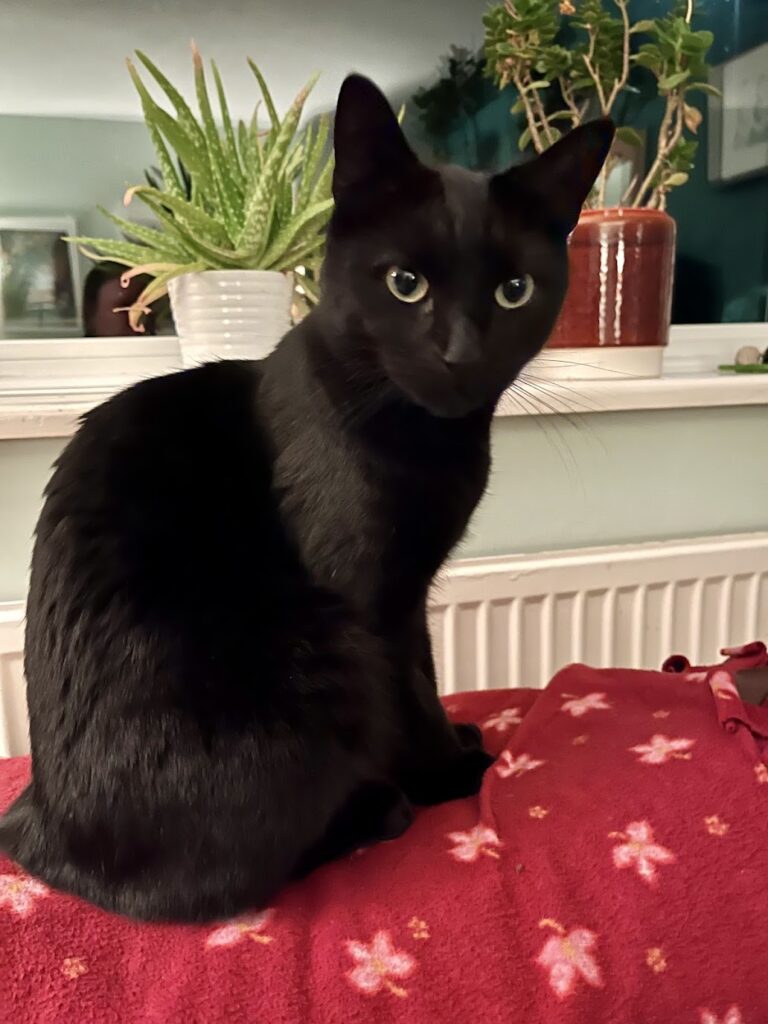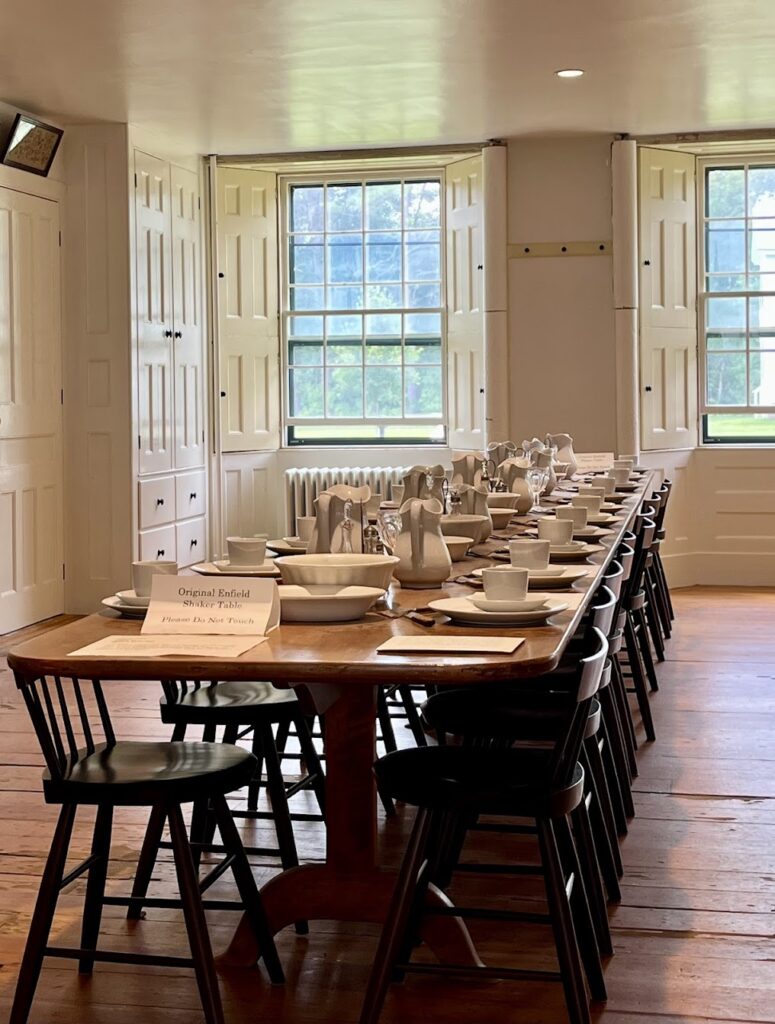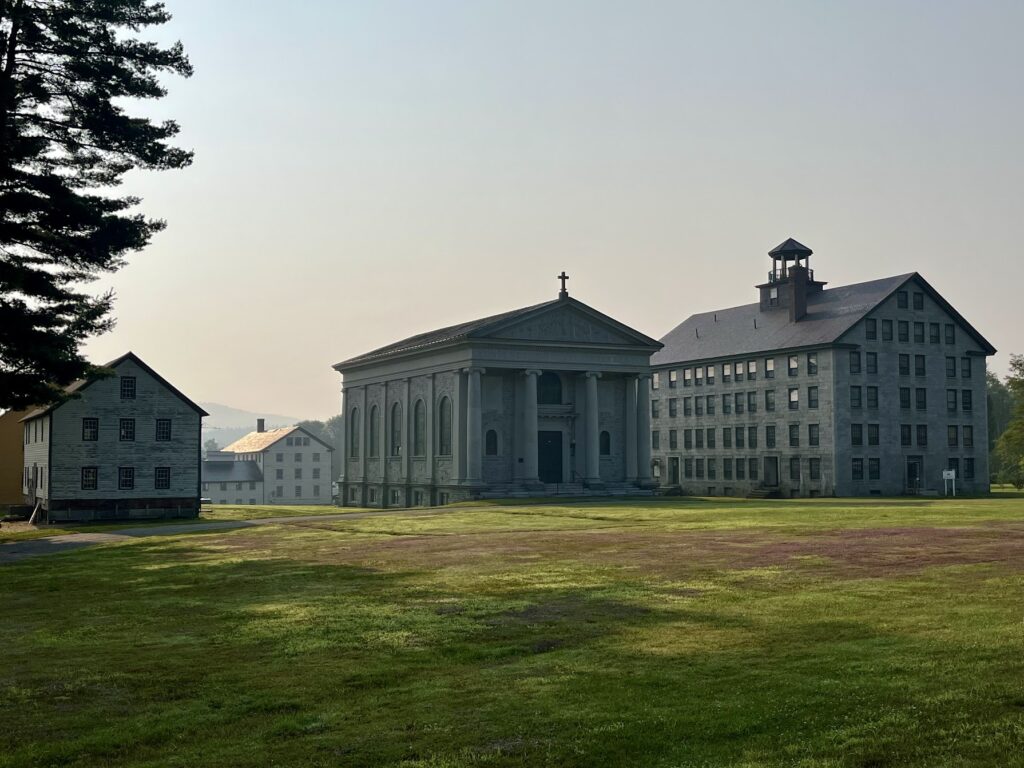This Week’s Bit of String: Pencils, coughs, and cake
Thirty-three years ago Wednesday, I started properly writing my first book. I was eleven years old, in seventh grade. I hid behind my hair and refused to wear my ugly glasses. When I was forced to speak in front of the class, a classmate hooted, “Turn up your hearing aids, everybody.”
I may not have had much to say, but I had a story to write. I’d planned it for months; drawing up maps and a census, tracing pictures I thought resembled my characters, recording a soundtrack mixtape. I blocked out scenes with my little pencil-people that lived in cardboard tenement blocks, or in drawer compartments above my jeans and sweaters.
And then I finally started writing it. It had taken time to realise I could do more than play-act it in miniature, I could write it. Preserve it. Do the grown-up thing.
On the very evening after I’d begun my writing, I received encouragement at the junior high school’s annual Open Evening. My new English teacher praised my classwork extensively to my parents. She was the first to focus on my writing. It felt like an endorsement on behalf of the universe, the timing of her conviction that I could go far. I remember being giddily pleased, while of course trying not to show it.
In the next two months, with pencils, stacks of double-sided lined paper, and my tiny printing (I’ve no idea why they say that’s a symptom of a control freak), I wrote 386 pages. Whilst maintaining my good grades, too. I have never been able to replicate that accomplishment in terms of volume produced.
Reaching Limits
That draft should have been more than 386 pages. I hadn’t reached the end, even though I knew exactly what should come next. I had thought about it, played reels of it in my mind often enough. I contracted bronchitis and was sick for 3 weeks, then got it again the following month and was sick for longer.
Not only had I entered my Author Era, I was pioneering what would become my Victorian street urchin-inspired cough. To this day, I’m susceptible to it, and it serves as a homing signal for my family to find me.
I was barely able to do schoolwork, and I stopped writing my story. Throughout the following decade, I simply restarted the same story, standing in new sidekicks as I met new friends, and I never got past 100 pages. The first novel I would ever complete, Artefacts, was a very different story although it had a similar protagonist modeled somewhat inadvertently on myself. But my self-perception had evolved over the years requiring a different plot, because my dream ending shifted from being rescued to self-acceptance.
I finished my first novel in 2015, almost 23 years after my original Writingversary. My first published story, in The Bristol Prize Anthology 2010, came 17.5 years after the Writingversary. 10.5 years after my Writingversary, I completed a degree in Writing and Literature while a single mother working full-time. I’ve had quite a few short stories published now. Not so with my novels yet, but I wonder if my 7th grade teacher, and the many supportive teachers and college instructors that followed, might still be impressed.
Marking Success
It’s a bit staggering to consider that I’ve been putting pencil to paper to write planned projects for more than three decades. Naturally, I wish I had more to show for it. Winning the 2017 Gloucestershire Prose Prize and reading at Cheltenham Literature Festival was a highlight, and my story “Pie a la Mode” won £250 in Amazon vouchers from the Funny Pearls humour website. Enough to fund equipment for a pet cat, and even a new hoover to clean up after our dark feline prince Oberon.
Writing has opened up social opportunities as I’ve made wonderful friends through writing groups, and it’s an integral part of my mental well-being. I don’t feel right if I don’t do it. By building my writing habit over the years, I’ve built resilience as well. I may not have a lucrative career, but I am constantly creating or fine-tuning pieces.
I still sometimes wonder if my bouts of poorliness tend to follow a particularly busy writing stretch. But now, because writing is part of my daily life, I tend to keep working on projects even when a cough strikes, or even flu.
Maybe that’s my best success. Thirty-three years provide many chances to give up, and I didn’t. For this year’s Writingversary, I walked up to the local Garden Centre after work and had a drink in the cafe and a slice of pumpkin cake with maple chai frosting. I scribbled in the golden autumn light. The timing of my Writingversary draws me to this season, and I’m so glad I found a bit of time to celebrate.
Do you remember when you first started writing? How do you celebrate this milestone?





